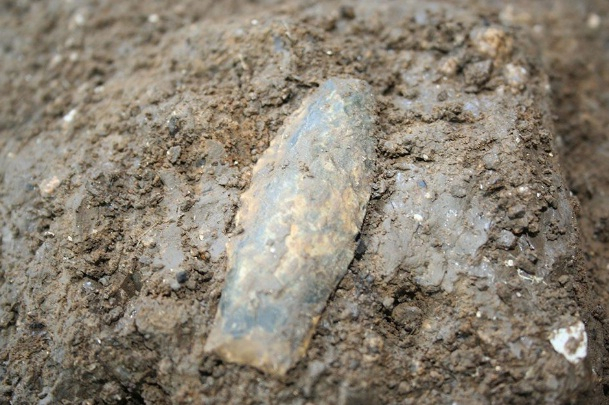
A team of researchers at the Texas A&M University has uncovered the oldest weapons ever used in North America. The milestone discovery was made just feet below the surface during a dig at the Debra L. Friedkin site, Texas. Researchers who took part in the study believe that more analysis of these oldest weapons could give an insight into ancient America and its natives.
The study report now published in the latest issue of Science Advances reveal that the researchers headed by Michael Waters, professor of anthropology and director of the Center for the Study of the First Americans at Texas A&M found weapons measuring 3-4 inches and some spear points made with chert. Researchers claimed that these ancient weapons have been buried in sediments for at least 15,500 years. As per the study team, the spear points pre-date the Clovis, a group of ancient people believed to have first entered America.
"The findings expand our understanding of the earliest people to explore and settle North America. The peopling of the Americas during the end of the last Ice Age was a complex process and this complexity is seen in their genetic record. Now we are starting to see this complexity mirrored in the archaeological record," said Michael Waters in a recently issued statement.

Walters also added that this new finding will give more insights into the way by which ancient humans explored and settled in America.
"The findings expand our understanding of the earliest people to explore and settle North America. The peopling of the Americas during the end of the last Ice Age was a complex process and this complexity is seen in their genetic record. Now we are starting to see this complexity mirrored in the archaeological record," added Waters.
It should be noted that a study published in Journal Nature last year had suggested the arrival of humans into the New World much earlier than previously thought. The team of researchers who took part in the study argued that humans reached America 100,000 years earlier than the previous estimation. Earlier, it was believed that humans first made their footsteps in America before 13,000 years.
During the research, the study team found 130,000-year-old bones of a mastodon split open with blows from rocks, and they believe it could be the hammer work of ancient humans who lived in the area.








